 This is the third of the three local history books I picked up in our trip up north in 2018 which featured a brief visit to Mackinac Island, a famous resort island more famous because it does not allow cars, so people traverse the island in horse-driven conveyances or bikes. In the summer. I have to wonder if they use snowmobiles in the winter and presume so.
This is the third of the three local history books I picked up in our trip up north in 2018 which featured a brief visit to Mackinac Island, a famous resort island more famous because it does not allow cars, so people traverse the island in horse-driven conveyances or bikes. In the summer. I have to wonder if they use snowmobiles in the winter and presume so.
I read Mackinac Island: Its History in Pictures in 2018 and We Live on Mackinac Island in 2021.
This book, of course, is more like the former than the latter. A high-level history of the region chronologically, with a paragraph for various years starting in 1624 and continuing to the present day, although the story thins out toward the end “continued being a resort, basically” was the history. In its history section, it also goes far afield, talking about some of Schoolcraft’s trips in the upper Midwest and some of Pere Marquette’s trips which were outside Mackinac Island.
But it’s sprinkled with historical photos and starts with Indian legends and ends with touring information, so definitely a tourist take-away. Which I was and did.
We only visited the island for a couple of hours on a summer day. What did we do? Took a tour in a horse-drawn carriage. Walked around the fort. Walked around the lower commercial area a bit. And took the ferry back to the UP where we crossed the bridge back to the LP where we were staying.
When I showed my beautiful wife what I was reading, she started to daydream about places we could visit: Sanibel Island again, maybe the keys, Mackinac Island (staying on the island, perhaps)…. But, you know, that’s interesting and all, but when I do that sort of thing or when I’m on vacation, I think, “What would it be like to live there?” Like, for a period longer than a week? Wintering on Mackinac Island? Spending a year on Sanibel Island? I would still be an outsider–hell’s bells, I still feel like an outsider in Southwest Missouri even though I have ancestors from the area and I’ve lived here for sixteen years. Probably I’d feel like an outsider anywhere, and I would probably adjust and get bored living anywhere.
Perhaps it’s just best to visit places for a little bit and to read up on their history from the comfort of my own home.



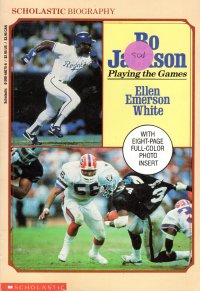 I don’t know when I got this book, but I picked it up with a couple of other shorter books not so much because I’m looking to pad my annual stats (although I am), but because they were on the
I don’t know when I got this book, but I picked it up with a couple of other shorter books not so much because I’m looking to pad my annual stats (although I am), but because they were on the  Whenever I read Clifford D. Simak’s books (such as
Whenever I read Clifford D. Simak’s books (such as  Of all the sets of authors’ books which I would complete in 2025, the smart money would be on the Ben Wolf books I bought in
Of all the sets of authors’ books which I would complete in 2025, the smart money would be on the Ben Wolf books I bought in 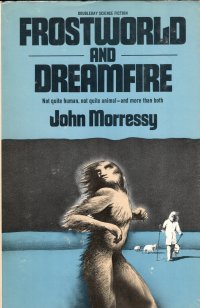 Ah, gentle reader. I bought this book in the swirling mists of pre-history where by “pre-history,” I mean before I started tracking book purchases on the blog–probably not long before, as the real book sale frenzies would have not begun before the 21st century–well, not much–although it might come from my Ebay days where I bought books like this for a buck or less each and listed them for a couple of bucks a throw on Ebay. I did come up with boxes of books then, and when I gave up on them, I put them in my sainted mother’s yard sale, and she once set up the night before, and several hundred dollars’ worth of books, or at least books I paid several hundred dollars for, were ruined.
Ah, gentle reader. I bought this book in the swirling mists of pre-history where by “pre-history,” I mean before I started tracking book purchases on the blog–probably not long before, as the real book sale frenzies would have not begun before the 21st century–well, not much–although it might come from my Ebay days where I bought books like this for a buck or less each and listed them for a couple of bucks a throw on Ebay. I did come up with boxes of books then, and when I gave up on them, I put them in my sainted mother’s yard sale, and she once set up the night before, and several hundred dollars’ worth of books, or at least books I paid several hundred dollars for, were ruined.  Unlike
Unlike  Rest assured, gentle reader; this is not my annual Christmas novel–but it does have Christmas right in the title, so it seemed a timely read. When I picked this book up
Rest assured, gentle reader; this is not my annual Christmas novel–but it does have Christmas right in the title, so it seemed a timely read. When I picked this book up 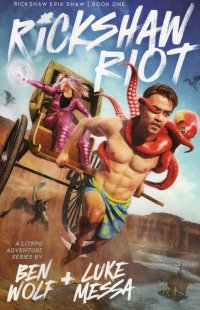 I picked this book up after reading
I picked this book up after reading  The FTP client didn’t sqwauk at me when I uploaded the cover image, so I thought maybe I’d not written a book report on this book before. But, no, I did read it and report on it
The FTP client didn’t sqwauk at me when I uploaded the cover image, so I thought maybe I’d not written a book report on this book before. But, no, I did read it and report on it  It’s funny: I could have picked up this book new at the mall after watching
It’s funny: I could have picked up this book new at the mall after watching 
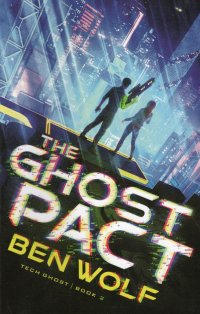 I bought these books in Iowa
I bought these books in Iowa  I have no idea where I picked up this slender volume of poetry to check to see if I paid close to the cover price for it. I don’t know if you remember seeing these out and about around the turn of the century (that is, the end of the 1900s), but Dover Thrift Editions came out with a long line of classic (and out of copyright literature) printed on cheap (but not quite newsprint) paper and priced only a dollar. New. They cannot have been making a mint on it, but they were certainly doing the world a service up until the world, or at least the American public, couldn’t be arsed to spend a buck to read classic literature.
I have no idea where I picked up this slender volume of poetry to check to see if I paid close to the cover price for it. I don’t know if you remember seeing these out and about around the turn of the century (that is, the end of the 1900s), but Dover Thrift Editions came out with a long line of classic (and out of copyright literature) printed on cheap (but not quite newsprint) paper and priced only a dollar. New. They cannot have been making a mint on it, but they were certainly doing the world a service up until the world, or at least the American public, couldn’t be arsed to spend a buck to read classic literature.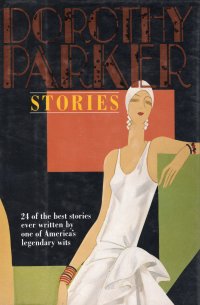 Wow, okay, I bought this book
Wow, okay, I bought this book  Wow. I bought this little paperback
Wow. I bought this little paperback  I bought this book over the weekend
I bought this book over the weekend  Ah, gentle reader, this is the best book with two peepees on the front cover that I have ever read. Hopefully, gentle reader, this is the only book with two peepees on it that I own, but given that I own a lot of classical Greek and Roman literature, one cannot be sure.
Ah, gentle reader, this is the best book with two peepees on the front cover that I have ever read. Hopefully, gentle reader, this is the only book with two peepees on it that I own, but given that I own a lot of classical Greek and Roman literature, one cannot be sure. 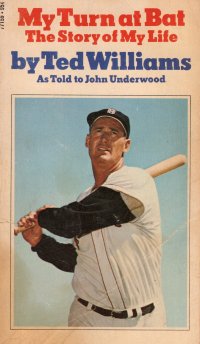 I read Yogi Berra’s
I read Yogi Berra’s  I bought this book at ABC Books
I bought this book at ABC Books  This, too, is a fairly recent acquisition (
This, too, is a fairly recent acquisition ( On Sunday, I did something I really haven’t done in a while: I watched a couple of football games. And since the one was the Chicago Bears game, which they won not because they deserved to win it but because the Raiders deserved to lose it, I had the opportunity to flip through some art and touristy books between plays (which is most of the three hours of the televised football game).
On Sunday, I did something I really haven’t done in a while: I watched a couple of football games. And since the one was the Chicago Bears game, which they won not because they deserved to win it but because the Raiders deserved to lose it, I had the opportunity to flip through some art and touristy books between plays (which is most of the three hours of the televised football game).